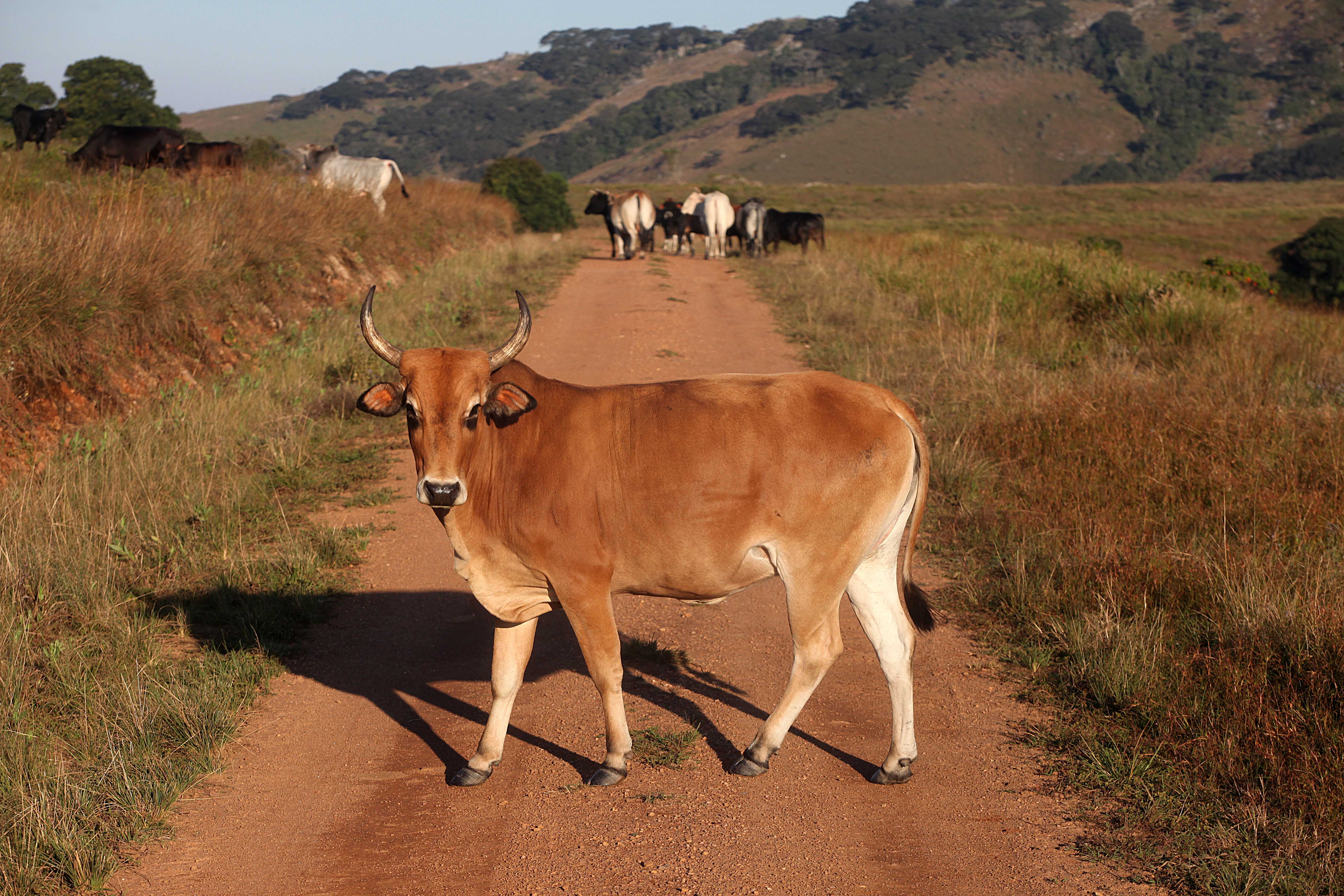
Mozambique Conservation Areas for Biodiversity Conservation and Development
Country overview
Mozambique’s renewable natural resources provide global public goods, such biodiversity and climate stabilization and nationally significant ecosystem services, and Mozambique established a network of Conservation Areas (CAs) that cover around 25 percent of the country’s land surface to preserve them. However, CAs face several challenges to their long-term integrity and sustainability, including weak institutions and capacity to enforce forest, fisheries, and wildlife laws and to engage with local communities, insufficient capacity, lack of financial sustainability, human encroachment and poverty around CAs, and climate change. Unsustainable dryland management and practices around CAs are particularly challenging.
How does the DSL-IP support Mozambique?
The project aims to improve management of target conservation area landscapes and enhance the living conditions of communities in and around these conservation areas. The project builds upon the World Bank project, Mozambique Conservation Areas for Biodiversity and Development (Phase II), and will scale up and finance specific new activities, specifically to: i) strengthen opportunities to CA landscapes to invest in and promote sustainable dryland management, by supporting capitalization of specific windows for such activities under the BIOFUND Endowment Fund; ii) provide direct support to National Administration of Conservation Areas, or Administração Nacional das Áreas de Conservação (ANAC), and CAs to improve the capacity and investments needed for sustainable dryland management, iii) build capacity of communities in and around CAs and local stakeholders to identify and manage priority degraded Miombo dryland forests and iv) expand the range of interventions aimed at promoting restoration in target landscapes.
The project will be divided into four components:
- Component 1: Strengthening Capacity and Financial Sustainability of National Conservation Institutions. The project will strengthen the National Administration of Conservation Areas, or Administração Nacional das Áreas de Conservação (ANAC), to develop guidelines on management and operations issues, review regulation on Access and Benefit Sharing of Genetic and Biological Resources, support the design and installation of an electronic permit system for CITES (Convention on Trade of Endangered Species), and strengthen the capacity of ANAC’s existing database to capture, store and utilize biodiversity data. It will also strengthen the Biofund to promote financing for addressing drivers of dryland degradation in selected CAs and strengthens of the overall CA system in Mozambique, and it will support project coordination, monitoring of results, and regional cooperation on drylands, including the Miombo Network, Southern Africa Development Community (SADC), and DSL-IP platforms.
- Component 2: Improving Conservation Areas Management in Target Landscapes. The project will improve biodiversity conservation management of target CAs, particularly the governance of CAs (including its relationship with surrounding stakeholders), human resources management, infrastructure establishment and maintenance, human-wildlife coexistence, research, resources control and patrolling, and promoting of environmental awareness and strengthening of community-based organizations (CBOs) among local communities.
- Component 3: Promoting Conservation-compatible Rural Development and Integrated Landscape Management in Target Landscapes. The project will promote conservation-compatible rural development in target landscapes through support to sustainable value chains and Integrated Landscape Management (ILM), by financing land use planning, establishment of Landscape Management Units (LMUs), and capacity strengthening of targeted districts to reduce pressure on CAs. This component will increase the number of business plans targeting local entrepreneurs, micro, small, and medium enterprises (MSMEs) and local community associations, support financial literacy of local communities, support restoration activities, and support to mainstream land restoration in the integrated district development plans.
Project’s Target Contributions to GEF-7 Core Indicators
| Nr Core Indicator | Project Core Indicator | Expected Result |
| 1 | Terrestrial protected areas created or under improved management for conservation and sustainable use (Hectares) | 387 300 |
| 3 | Area of land restored (Hectares) | 6 700 |
| 4 | Area of landscapes under improved practices (excluding protected areas)(Hectares) | 545 000 |
| Total area under improved management (Hectares) | 91 400 | |
| 6 | Greenhouse Gas Emissions Mitigated (metric tons of CO2e) | 10 845 249 tCO2eq (over 20 years) |
| 11 | Number of direct beneficiaries disaggregated by gender as co-benefit of GEF investment | 35 000 (50% women) |
